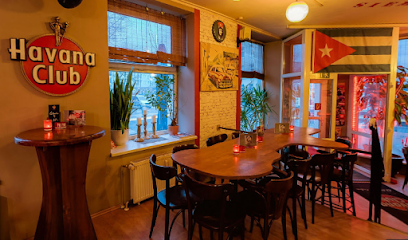
Völkerschlachtdenkmal Bad Sülze: A Memorial of Remembrance
Discover a poignant memorial in Bad Sülze commemorating the Battle of the Nations, offering a unique perspective on this pivotal historical event and local heritage.
The Völkerschlachtdenkmal in Bad Sülze, Germany, is a monument commemorating the Battle of the Nations (Völkerschlacht) near Leipzig in 1813. Erected in 1913 to mark the battle's centennial, this landmark provides a tangible link to a pivotal moment in European history. While smaller than its Leipzig counterpart, the Bad Sülze memorial offers a unique perspective on how smaller towns commemorated this significant event. The monument itself is a square pavillion, resembling a keep, offering views of the old town and the Stadtkirche. A visit offers a quiet moment of reflection and a chance to appreciate the local interpretation of a major historical event. The monument stands as a reminder of the battle's impact and the desire to remember those who fought.
A brief summary to Völkerschlachtdenkmal
- Bad Sülze, DE
Local tips
- Combine your visit with a trip to the Salzmuseum to learn about Bad Sülze's history as a salt-producing town.
- Take a walk through the Kurpark for a relaxing experience amidst nature and historical spa architecture.
- Check local event listings; Bad Sülze occasionally hosts festivals and markets that can enhance your visit.
Getting There
-
Public Transport
From Bad Sülze's town center, the Völkerschlachtdenkmal is a short walk. If arriving by bus, the closest bus stops are 'Bad Sülze Krähenberg' or 'Bad Sülze Scheunenviertel', served by bus lines 203, 204, 320, 706, and 215. From either stop, follow signs towards the monument, which is located at the corner of Krähenberg and Am Hang. The walk is generally flat and takes about 5-10 minutes. Bus fares vary depending on the distance traveled within the Verkehrsverbund Warnow (VVW) network.
-
Walking
The Völkerschlachtdenkmal is easily accessible on foot from most locations within Bad Sülze. From the town square, head south, following signs for Krähenberg. The monument is located at the intersection of Krähenberg and Am Hang. The walk is generally easy and takes approximately 10-15 minutes.
Discover more about Völkerschlachtdenkmal
Iconic landmarks you can’t miss
Völkerschlachtdenkmal
0.0 km
Discover a poignant memorial in Bad Sülze commemorating the Battle of the Nations, offering a unique perspective on this pivotal historical event and local heritage.
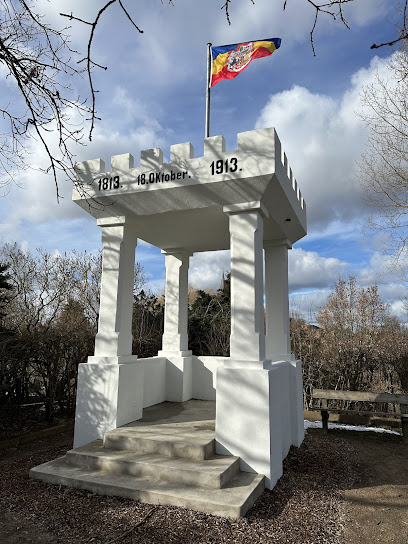
Alter Markt
33.7 km
Explore Alter Markt in Rostock, a historic square filled with architectural gems, local cuisine, and vibrant cultural events that bring the city's rich heritage to life.

Hansestadt Rostock Denkmalpflegeamt
34.1 km
Explore the architectural beauty and historical richness of Hansestadt Rostock, a vibrant city where history meets modernity.

Wasserturm
34.2 km
Discover the Wasserturm in Rostock, a historical landmark that showcases the city's rich heritage and stunning architecture amidst charming surroundings.
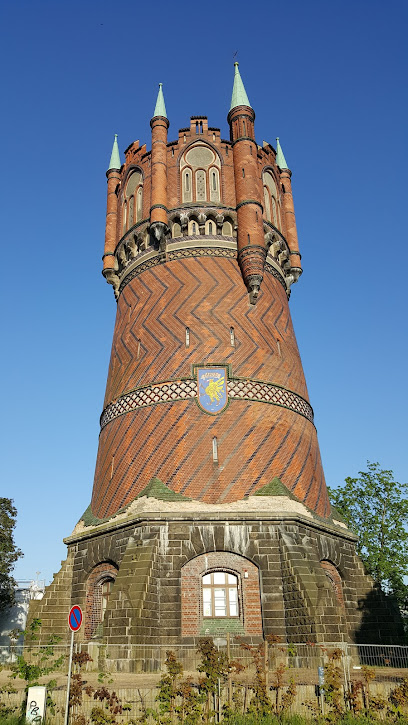
Rostock Bronze
34.4 km
Explore the stunning artistry of Rostock Bronze, a captivating tourist attraction showcasing historical bronze sculptures in the heart of Rostock, Germany.

Kriegerdenkmal des Mecklenburgischen Füsilier-Regiments Nr. 90
34.5 km
A historical landmark in Rostock commemorating the Mecklenburg Fusilier Regiment No. 90, offering a place for reflection on sacrifice and the pursuit of peace.
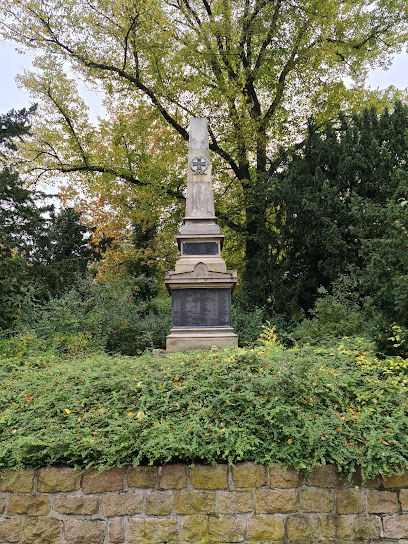
Die Trinkende
34.5 km
Explore the charm of Rostock at Die Trinkende, a historical fountain that offers a serene escape and cultural insights.
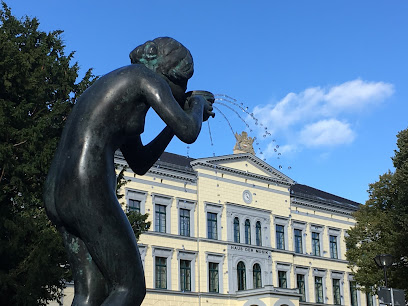
Lindenpark
35.6 km
Unwind in the beautiful Lindenpark, a quintessential state park in Rostock offering lush landscapes and serene walking paths for every tourist.
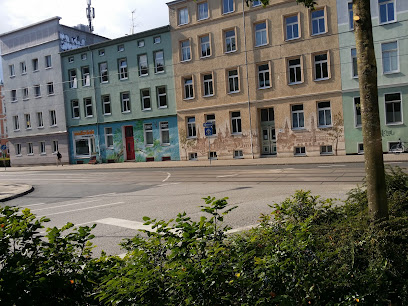
Baltic Sea Tourism Center
36.1 km
Explore the Baltic Sea with expert advice and resources from the Baltic Sea Tourism Center in Rostock, your ultimate travel guide to coastal adventures.

OZEANEUM Stralsund GmbH
36.5 km
Experience the magic of the ocean at OZEANEUM Stralsund, where marine life and conservation come to life in a stunning setting.

Gorch Fock I
36.6 km
Discover the historic Gorch Fock I in Stralsund, where maritime history comes alive aboard a legendary tall ship with captivating exhibits.
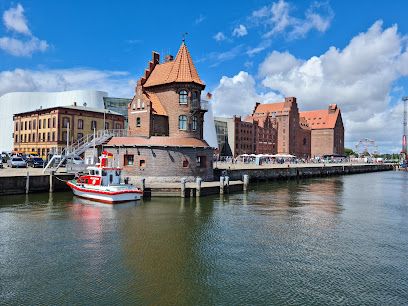
Geographischer Mittelpunkt von Mecklenburg-Vorpommern
37.6 km
Explore the heart of Mecklenburg-Vorpommern in Teterow, a charming town with medieval architecture, scenic lakes, and a central location for discovering the region's beauty and history.
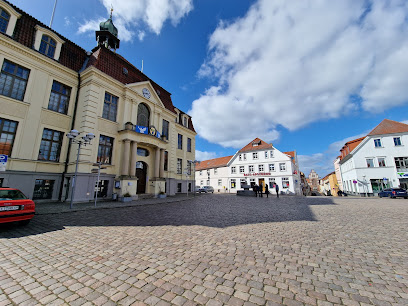
Rostock Zoo
38.0 km
Explore Rostock Zoo: A vibrant animal park dedicated to conservation, offering unforgettable encounters with wildlife in a beautiful setting.
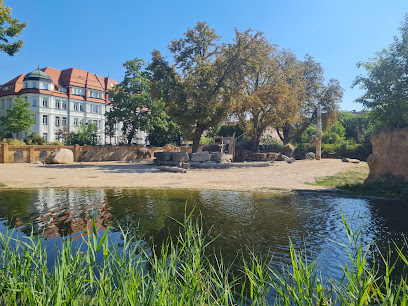
Schloss Hohendorf
38.1 km
Discover the timeless beauty and rich history of Schloss Hohendorf, a captivating castle in Groß Mohrdorf perfect for romantic getaways and cultural explorations.
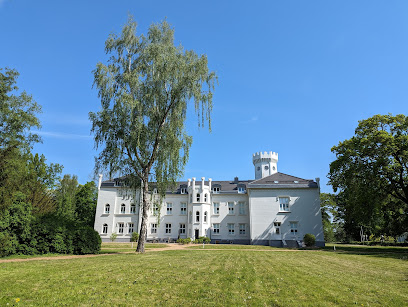
Darwineum Rostock
38.4 km
Discover the wonders of evolution and biodiversity at the Darwineum Rostock, a premier museum of zoology in Germany.
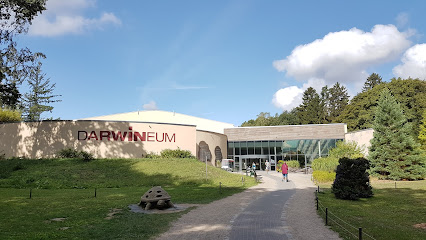
Unmissable attractions to see
Trebelbrücke Nehringen
16.2 km
Discover the enchanting Trebelbrücke Nehringen, a beautiful bridge surrounded by nature, perfect for strolls, photography, and enjoying the serene landscape.
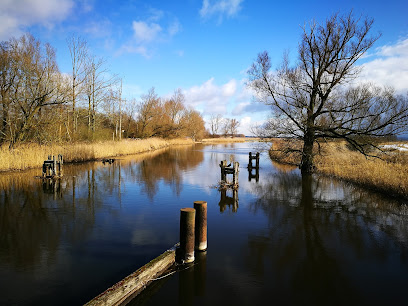
Bodden-Therme
22.2 km
Experience the ultimate water adventure at Bodden-Therme, a family-friendly water park in Ribnitz-Damgarten, perfect for fun and relaxation.
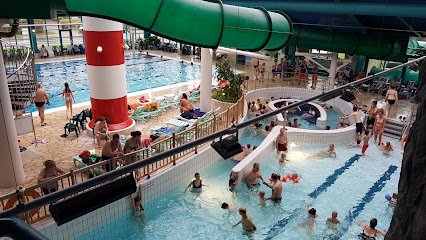
Kloster– und Schlossanlage Dargun
27.2 km
Explore the enchanting Kloster- und Schlossanlage Dargun, a historic monastery and castle complex nestled in serene surroundings, perfect for history lovers.
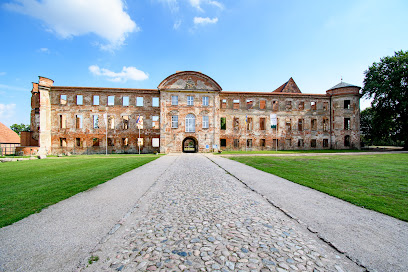
Dargun Palace
27.3 km
Experience the grandeur of Dargun Palace, a historical castle offering a glimpse into Germany's rich heritage and captivating architecture.
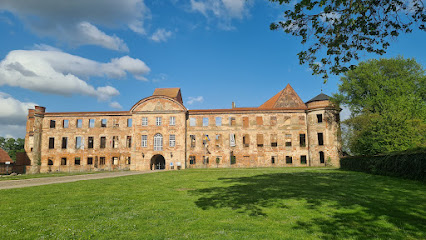
Beckerstein
29.9 km
Explore Beckerstein in Rostock, a historical landmark that showcases the rich heritage and architectural beauty of the region.
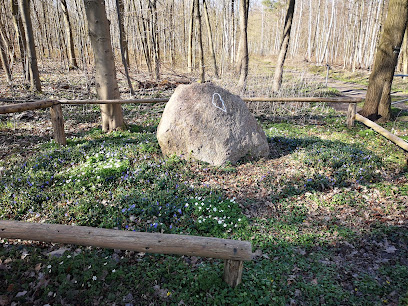
Schloss Mitsuko - Museum für Japan und zeitgenössische Kunst
31.1 km
Explore the captivating Schloss Mitsuko, a museum blending Japanese culture with contemporary art amidst serene gardens in Thürkow.

Rostock Heath
31.4 km
Explore Rostock Heath, a breathtaking national forest near Rostock, Germany, offering scenic trails and abundant wildlife for an unforgettable outdoor experience.
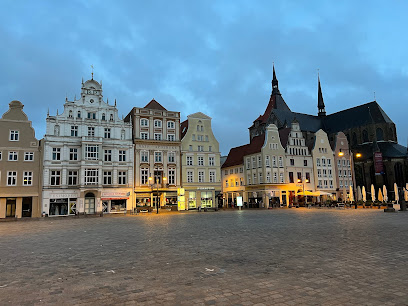
Lübecker Speicher
32.6 km
Discover the historical charm and cultural vibrancy of Lübecker Speicher in Demmin, a must-visit destination for every traveler.
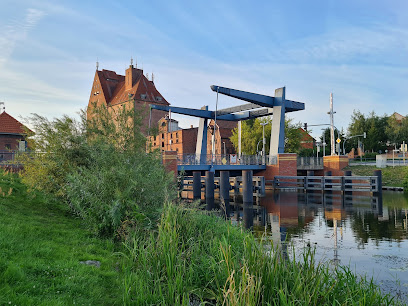
Vorpommersche Bodenlandschaft National Park
32.9 km
Explore the natural wonders of Vorpommersche Bodenlandschaft National Park, where scenic trails and diverse wildlife await every visitor.
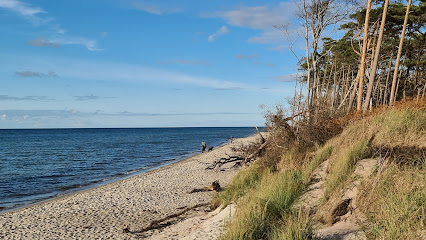
Kunstwerk
33.6 km
Explore Kunstwerk in Rostock: A vibrant tourist attraction showcasing contemporary art and local creativity in the heart of Östliche Altstadt.
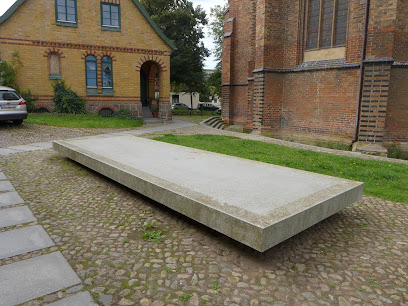
Ludewigbecken
33.6 km
Experience tranquility at Ludewigbecken, an idyllic lake in Rostock's historic old town, perfect for leisure and natural beauty.
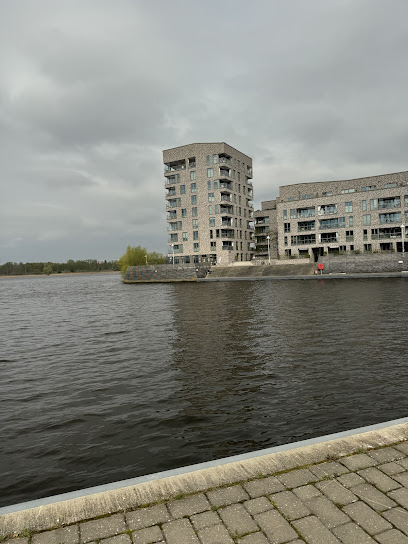
Sankt-Petri-Kirche
33.7 km
Explore the stunning Sankt-Petri-Kirche in Rostock, where history, architecture, and panoramic views come together in a captivating experience.
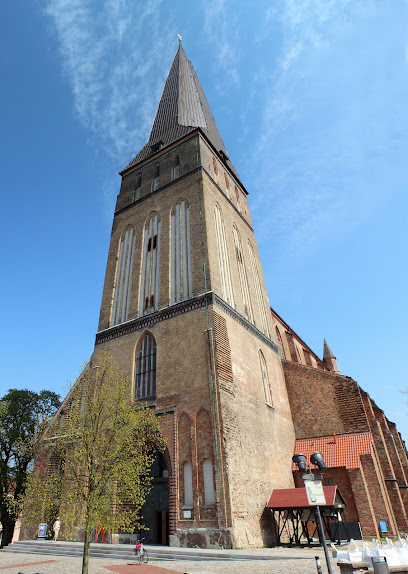
Nikolaikirche Rostock - Ev.-Luth. Innenstadtgemeinde Rostock
33.8 km
Discover the breathtaking Gothic architecture and rich history of Nikolaikirche, a must-visit Protestant church in the heart of Rostock.
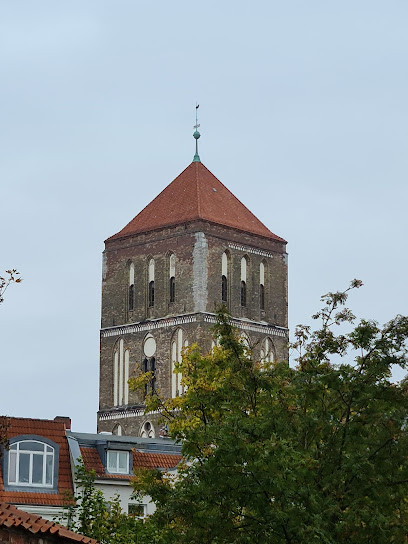
Engelskulptur
33.8 km
Explore Engelskulptur in Rostock's eastern old town, where art and history converge to create a unique cultural experience.

Das Kuhtor
34.0 km
Explore the historical significance and architectural beauty of Das Kuhtor, a must-visit landmark in Rostock that captures the essence of the city's rich heritage.
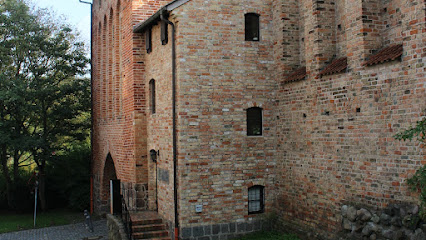
Essential places to dine
Ristorante Colosseo - Rostock
33.6 km
Experience authentic Italian flavors at Ristorante Colosseo in Rostock – where every dish tells a story of culinary tradition.
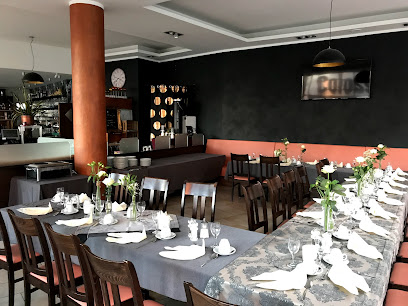
Altstädter Stuben
33.8 km
Discover authentic German cuisine in a cozy atmosphere at Altstädter Stuben in Rostock – where tradition meets flavor.
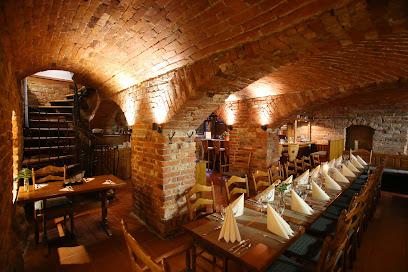
Liberty Delis
33.8 km
Discover Liberty Delis in Rostock for an authentic taste of American cuisine featuring delicious burgers and refreshing drinks.
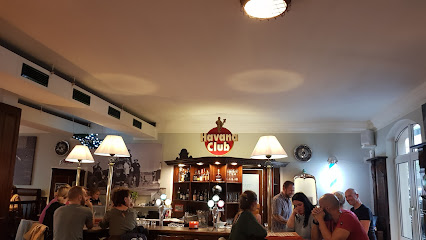
Kellergeister
33.8 km
Discover Kellergeister in Rostock: A restaurant where local flavors meet seasonal delights in a cozy setting.
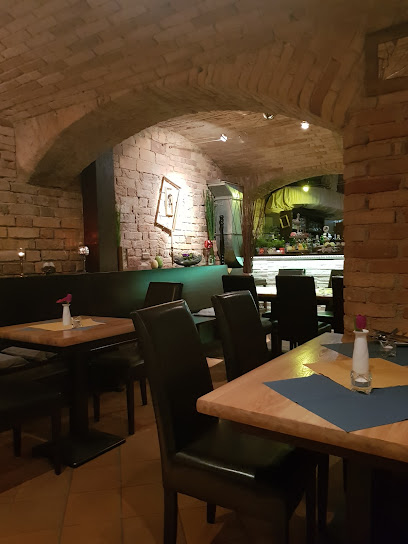
Petrikeller
33.9 km
Experience Rostock's culinary charm at Petrikeller – where traditional flavors meet modern elegance in every dish.
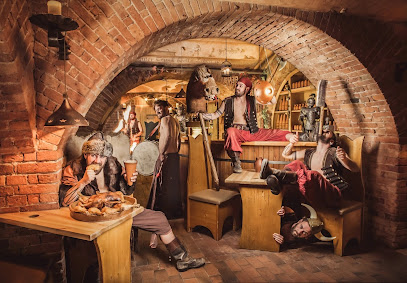
Rosmarin'o Rostock
33.9 km
Discover Rosmarin'o Rostock: where exquisite steak meets New England charm in a stunning waterfront setting.
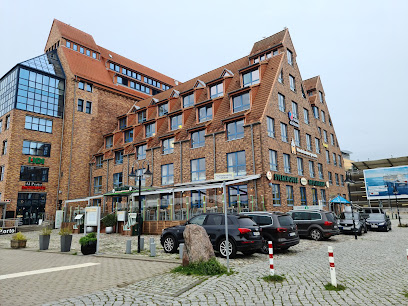
ALPORTO ROSTOCK
33.9 km
Discover Alporto Rostock: A premier Italian restaurant offering delicious cuisine and stunning waterfront views in the heart of Rostock.
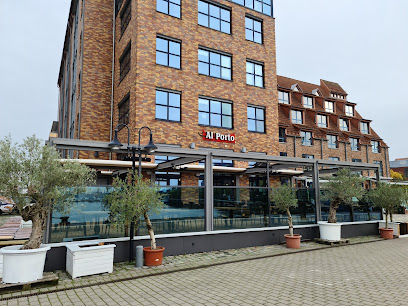
Grüne Kombüse
34.0 km
Discover delicious vegan delights at Grüne Kombüse in Rostock – where sustainability meets flavorful dining experiences.
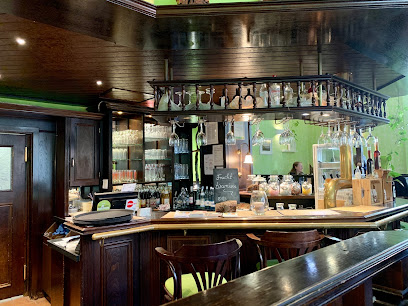
Ratskeller12 - Restaurant
34.1 km
Experience authentic German cuisine at Ratskeller12 in Rostock's vibrant atmosphere with delightful dishes and refreshing local brews.
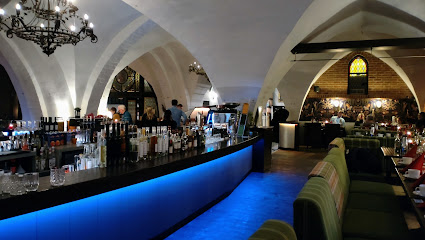
Restaurant im Vienna House by Wyndham Sonne Rostock
34.1 km
Experience exquisite German-Mediterranean cuisine at Restaurant im Vienna House in Rostock—where culinary traditions meet modern flair.
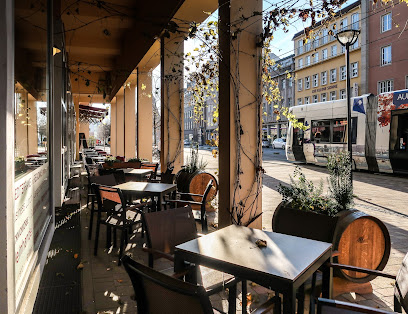
L'Osteria Rostock
34.2 km
Experience the true flavors of Italy at L'Osteria Rostock - where pizza meets passion in a lively atmosphere.
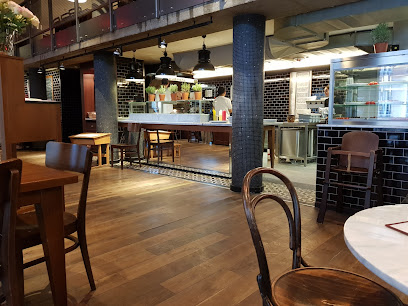
Burwitz Legendär Rostock
34.2 km
Experience the flavors of Rostock at Burwitz Legendär - where every meal is a celebration of local culinary art.
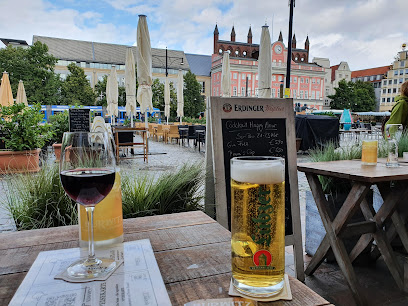
ALEX Rostock
34.2 km
Discover ALEX Rostock: where delightful dining meets vibrant atmosphere in the heart of the city.
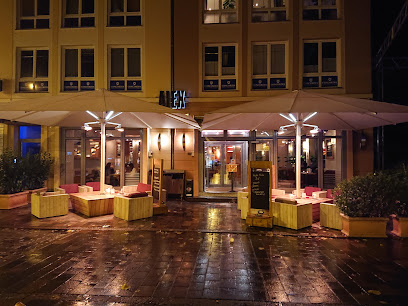
VAPIANO Rostock
34.2 km
Discover authentic Italian cuisine at VAPIANO Rostock, where fresh ingredients meet modern dining in a vibrant atmosphere.
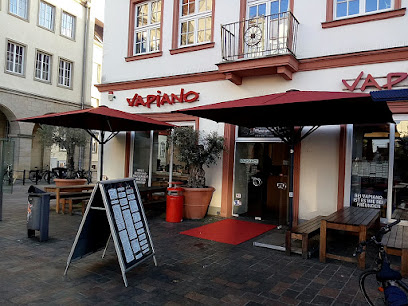
Borwin - Hafenrestaurant
34.3 km
Discover culinary delights at Borwin - Hafenrestaurant in Rostock, where fresh seafood meets stunning waterfront views.
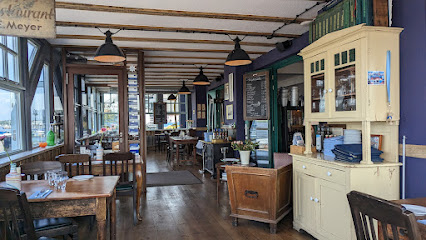
Markets, malls and hidden boutiques
Frankonia Sanitz
19.3 km
Discover outdoor adventures at Frankonia Sanitz, the ultimate destination for hunting gear, clothing, and expert advice in the heart of Sanitz.
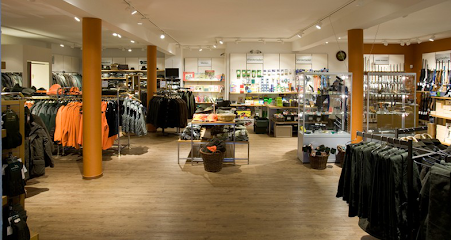
Hanse Outlet
30.3 km
Explore Hanse Outlet, the ultimate shopping destination in Broderstorf, Germany, featuring top brands at unbeatable prices in a lively atmosphere.

Hanse Center
30.8 km
Explore the Hanse Center, Bentwisch's premier shopping mall, where fashion, dining, and entertainment meet in a vibrant atmosphere.

Calle/Fleggaard Rostock
32.3 km
Discover the finest selection of spirits and local brews at Calle/Fleggaard Rostock, your premier liquor destination in the heart of the city.
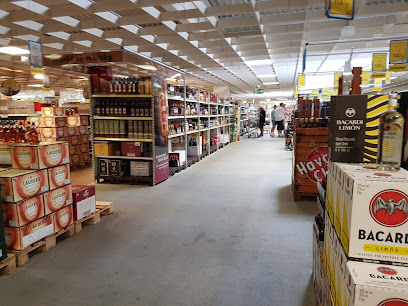
Riccardo E-Zigaretten Store
34.4 km
Explore the premier vaporizer store in Rostock, offering a diverse range of e-cigarettes and accessories for every vaping enthusiast.

Galerie Rostocker Hof
34.5 km
Explore the vibrant Galerie Rostocker Hof, a shopping haven in Rostock with diverse stores, delicious dining, and a lively atmosphere for every visitor.

The Body Shop
34.5 km
Discover eco-friendly beauty at The Body Shop in Rostock, where ethical cosmetics meet unique gifts in a vibrant shopping atmosphere.
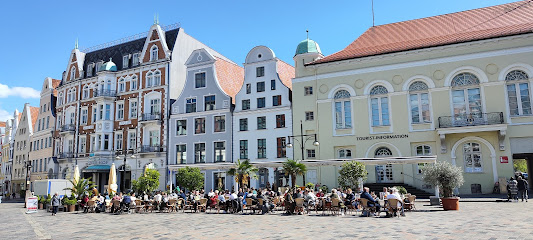
Green Harbour
34.6 km
Explore Green Harbour in Rostock for unique novelties, stylish shoes, and health supplements in a vibrant shopping atmosphere.

GALERIA Rostock
34.6 km
Discover a shopper's paradise at GALERIA Rostock, where fashion, home goods, and unique souvenirs come together in a vibrant atmosphere.

Rosenrot Rostock
34.7 km
Discover unique gifts and local treasures at Rosenrot Rostock – the perfect stop for souvenirs, fashion accessories, and wedding services.

NANU-NANA
34.8 km
Explore NANU-NANA in Rostock for unique gifts, crafts, and home goods that capture the charm of your visit, making it a must-stop destination.

G-Star RAW
34.9 km
Discover the trendy world of G-Star RAW in Rostock, where high-quality denim meets stylish accessories for a complete fashion experience.

Kröpeliner Tor Center Rostock
34.9 km
Explore the Kröpeliner Tor Center in Rostock for an unbeatable shopping experience, featuring top brands, local boutiques, and delicious dining options.
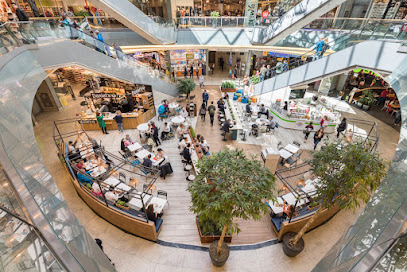
Kreativ Fritz Inh. Theresa Fritz
35.2 km
Explore Kreativ Fritz, a vibrant gift shop in Rostock, offering unique crafts and stationery that capture the essence of local artistry.

Wunscherfüller
35.2 km
Explore Wunscherfüller in Rostock for unique gifts and local crafts, capturing the spirit of your travels with every purchase.
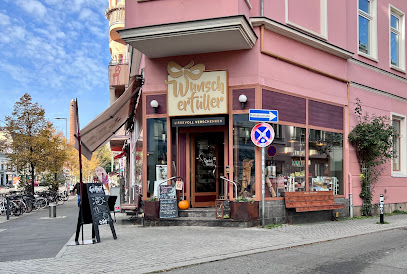
Essential bars & hidden hideouts
Likörfabrik
34.0 km
Experience the culinary delights of Rostock at Likörfabrik, where delicious breakfasts, cocktails, and coffee come together in a charming atmosphere.
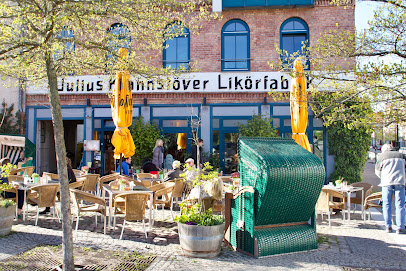
Pub Carolina - Rostock
34.0 km
Discover the heart of Rostock's nightlife at Pub Carolina, where great drinks and vibrant atmosphere await you.

Empire - Rostock
34.0 km
Experience Rostock's nightlife at Empire Pub, where lively atmosphere meets delicious drinks and local flavors for an unforgettable night out.
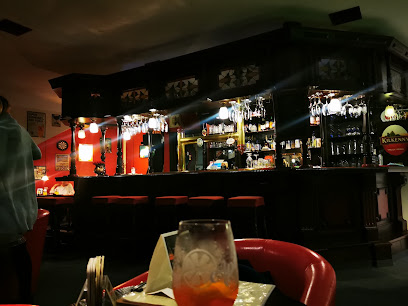
Déjà Vu - Rostock
34.2 km
Discover the vibrant atmosphere of Déjà Vu in Rostock, where exquisite cocktails, delicious hamburgers, and a lively dance scene await.

b sieben
34.3 km
Experience the charm of B sieben in Rostock, where great drinks, delicious food, and a cozy atmosphere come together.
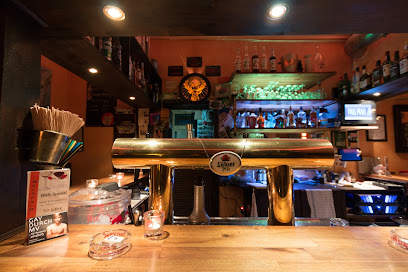
Rooftop Bar - KAI40
34.9 km
Experience the vibrant nightlife and breathtaking views at KAI40 Rooftop Bar, Rostock's premier destination for cocktails and socializing.

ROST-DOCK
35.0 km
Discover the lively atmosphere of ROST-DOCK, a riverside bar in Rostock offering stunning views and a vibrant drink menu for tourists.
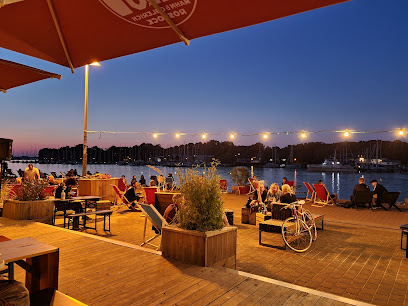
Strandoase
35.3 km
Discover Strandoase in Rostock: A vibrant seaside bar offering refreshing drinks, a lively atmosphere, and stunning coastal views for an unforgettable experience.
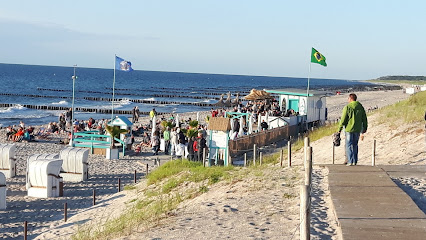
Crocodil - Die Raucherkneipe
35.3 km
Discover the local pub culture at Crocodil - Die Raucherkneipe, a cozy spot in Rostock offering affordable drinks and a welcoming atmosphere.
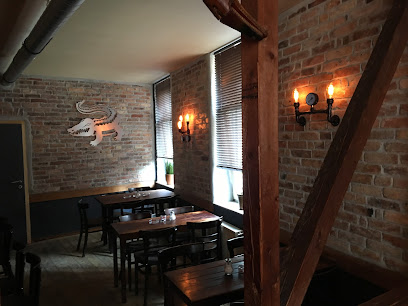
BARke Das Cocktailboot
35.4 km
Discover the enchanting BARke Das Cocktailboot in Rostock, where exquisite cocktails and picturesque views create an unforgettable experience.
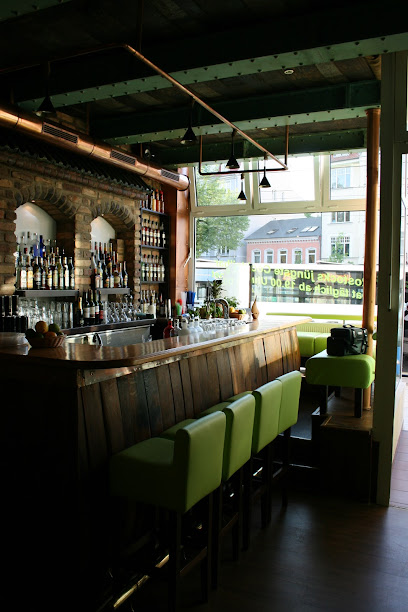
Hafenbar Pier 615
35.4 km
Experience stunning waterfront views and a vibrant atmosphere at Hafenbar Pier 615 in Rostock, where affordable drinks and good company await.
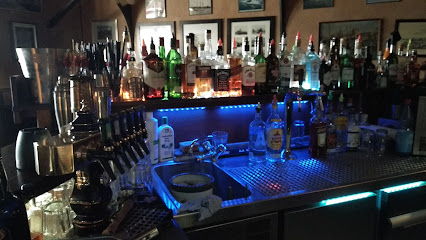
Farellis
35.4 km
Discover Farellis in Rostock, a stylish bar offering exquisite cocktails and a vibrant atmosphere for an unforgettable night out.

Planbar - Rostock
35.5 km
Experience the lively atmosphere of Planbar in Rostock, a vibrant gay karaoke bar and pub perfect for an unforgettable night out with friends.

Craftbar Rostock
35.8 km
Discover the art of mixology at Craftbar Rostock, a vibrant cocktail bar offering unique drinks and an inviting atmosphere in the heart of the city.
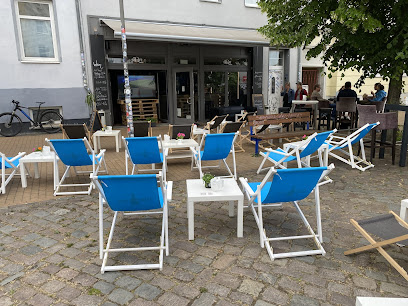
La Havanna Bar - Longdrinks - Cocktails - Cigars - Smokers Lounge
35.9 km
Discover the vibrant La Havanna Bar in Rostock, where exquisite cocktails and fine cigars create an unforgettable nightlife experience.
